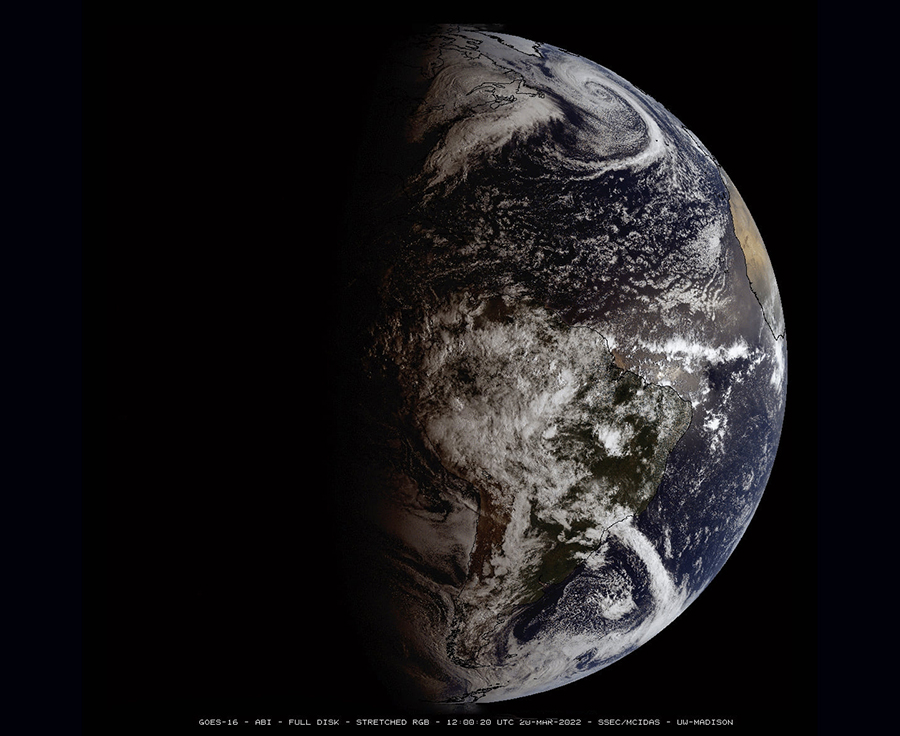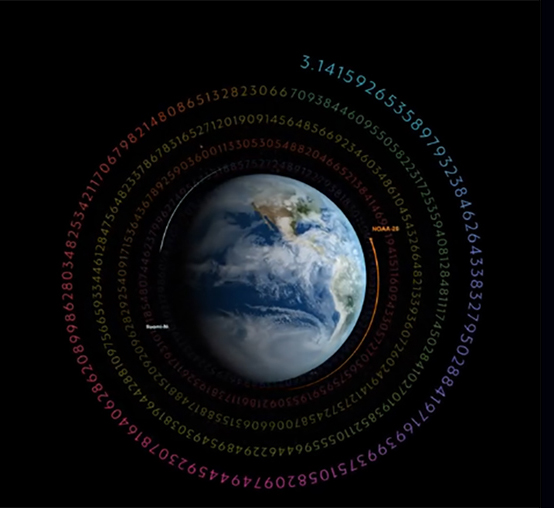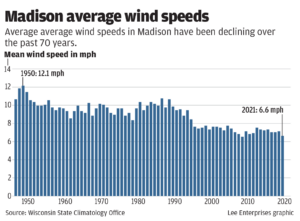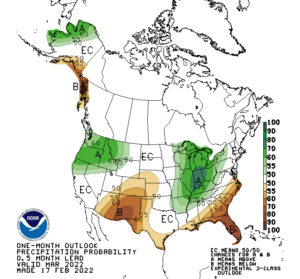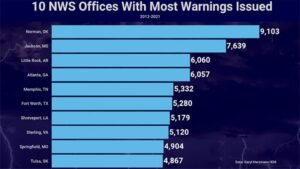
Certain meteorological conditions may pose threats to life and property. Under these conditions, the National Weather Service (NWS) issues advisories, weather watches and weather warnings.
A weather watch informs us that current atmospheric conditions are favorable for hazardous weather. When the hazardous weather will soon occur in an area, a warning is issued. Weather watches and warnings are issued for a wide variety of hazardous weather, including tornadoes, hurricanes, severe thunderstorms, winter storms, high wind speeds and flooding.
The NWS issues weather watches and warnings under specific weather conditions. The term “watch” implies that you should be aware that a weather hazard may develop in your area. The term “warning” means the hazard is developing in your area. You should take immediate action in the event of a warning.
Pinpointing the location of hazardous weather in advance is extremely difficult. For this reason, watches are usually issued for large geographic areas. There are 122 NWS forecast offices responsible for issuing forecasts and warnings for their area. Wisconsin has three NWS offices.
Jonathan Erdman of the Weather Channel recently compiled over 300,000 NWS warnings issued in the U.S. over the latest 10-year period from 2012 through 2021. His data show that the Norman, Oklahoma, office issued the most with 9,103 warnings. Of those, 6,926 severe thunderstorm warnings were issued and 667 were for tornados. Jackson, Mississippi, ranked second with 7,639 warnings, including 816 tornado warnings and 1,240 flash flood warnings.
In Wisconsin, the La Crosse office ranked 65th nationally, having issued 2,193 warnings during this 10-year period. Most were severe thunderstorm warnings (1,160), followed by flooding (563). There were 67 winter storm warnings and 9 blizzard warnings. The Milwaukee office ranked 79th, issuing 1,631 warnings. Of those, 904 were for severe thunderstorms and 85 for tornados. Milwaukee issued 485 flood warnings. The Green Bay office ranked 86th with 1,271 warnings.
Steve Ackerman and Jonathan Martin, professors in the UW-Madison department of atmospheric and oceanic sciences, are guests on WHA radio (970 AM) at 11:45 a.m. the last Monday of each month. Send them your questions at stevea@ssec.wisc.edu or jemarti1@wisc.edu.

